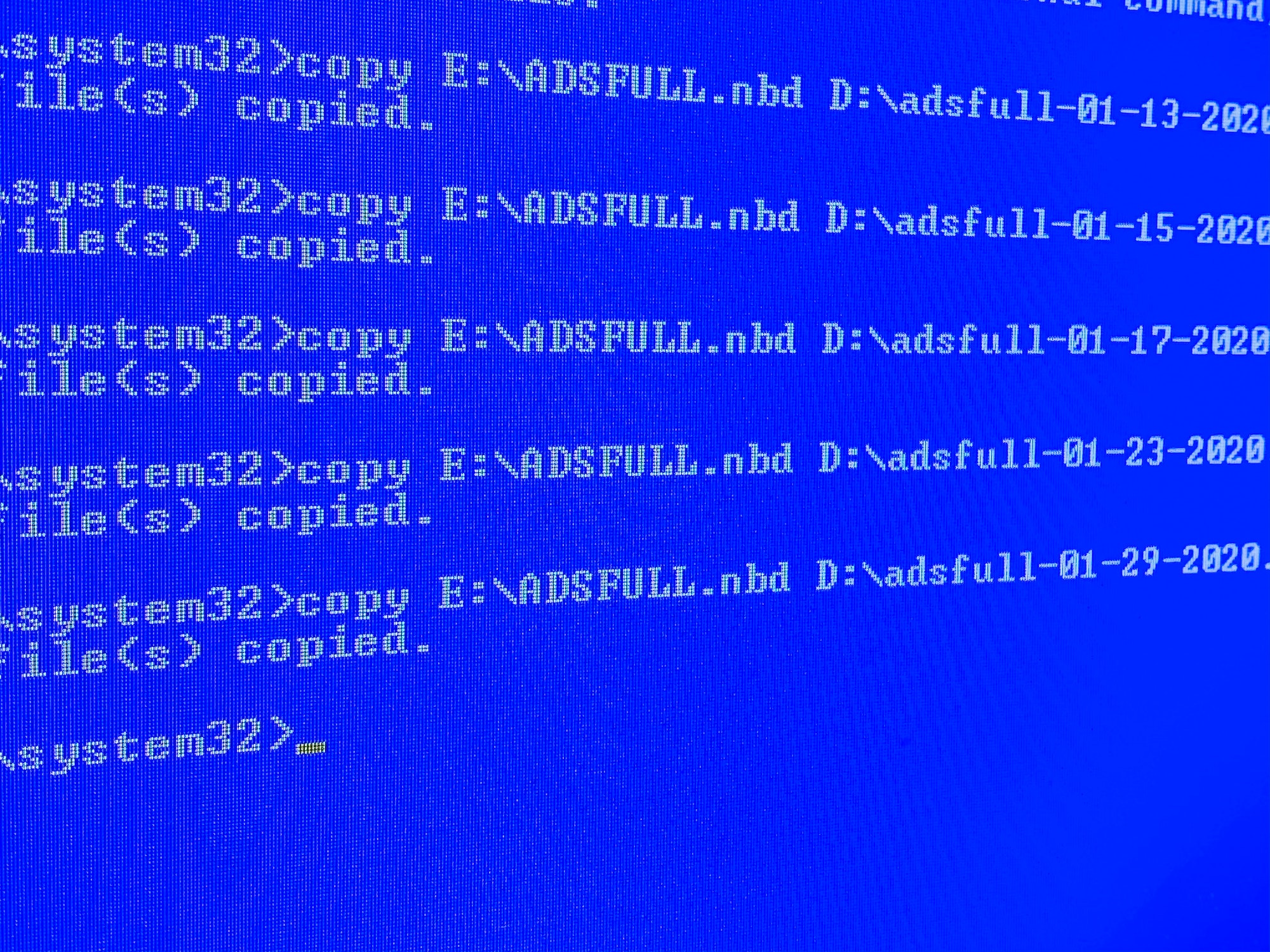Ransomware attacks are a growing threat to businesses of all sizes, but there are many misconceptions surrounding them that can put organizations at risk. In this article, we’ll debunk some of the most common myths about ransomware and provide actionable tips for protecting against these types of cyber attacks.
Myth #1: Ransomware only affects large corporations
This is one of the most common myths about ransomware, and it’s simply not true. While it’s true that high-profile attacks on large corporations often make the news, small businesses are equally at risk. In fact, small businesses are often targeted precisely because they may not have the same level of security measures in place as larger organizations.
To protect against ransomware, it’s important to understand that anyone can be a target. This means that even if your organization is small, you should still take steps to protect your data and systems from ransomware attacks.
Myth #2: Paying the ransom is the easiest way to recover data
While it may seem like paying the ransom is the easiest way to get your data back after a ransomware attack, it’s not always the best option. For one thing, there’s no guarantee that paying the ransom will actually result in the return of your data. Additionally, paying the ransom only encourages cybercriminals to continue their illegal activities.
Instead of paying the ransom, it’s better to look for other options to recover your data. This can include restoring from backups or seeking help from a professional data recovery service.
It’s also important to note that prevention is key when it comes to ransomware attacks. By implementing robust data backup and recovery protocols, you can reduce the impact of a ransomware attack and limit the need to pay a ransom.
Myth #3: Only Windows OS is susceptible to ransomware
Another common myth about ransomware is that it only affects Windows operating systems. While Windows is certainly a popular target for ransomware attacks, other operating systems are also vulnerable.
For example, in recent years, ransomware attacks on macOS and Linux systems have become increasingly common. This means that organizations using non-Windows systems should still take steps to protect themselves against ransomware attacks.
Myth #4: Antivirus software can prevent all ransomware attacks
While antivirus software can certainly help protect against ransomware attacks, it’s not a foolproof solution. Cybercriminals are constantly developing new and more sophisticated techniques to evade antivirus software, meaning that even the best antivirus software may not be able to catch every ransomware attack.
To protect against ransomware attacks, it’s important to take a multi-layered approach to cybersecurity. This can include implementing robust backup and recovery protocols, using strong passwords and two-factor authentication, and training employees to recognize and report potential cyber threats.
Conclusion
By understanding the common myths and misconceptions surrounding ransomware attacks, organizations can better protect themselves against these types of cyber threats. It’s important to take proactive steps to prevent ransomware attacks, such as implementing strong data backup and recovery protocols and training employees to recognize and report potential threats.
To learn more about ransomware and how to protect against it, be sure to download our infographic “The Anatomy of a Ransomware Attack.”
Get your cyber vitals assessed with Andy.

Want to see how your businesses cyber vitals are doing and how you can improve them with actionable insights? Get in touch with Andy to get started with improving your cyber vitality today.




